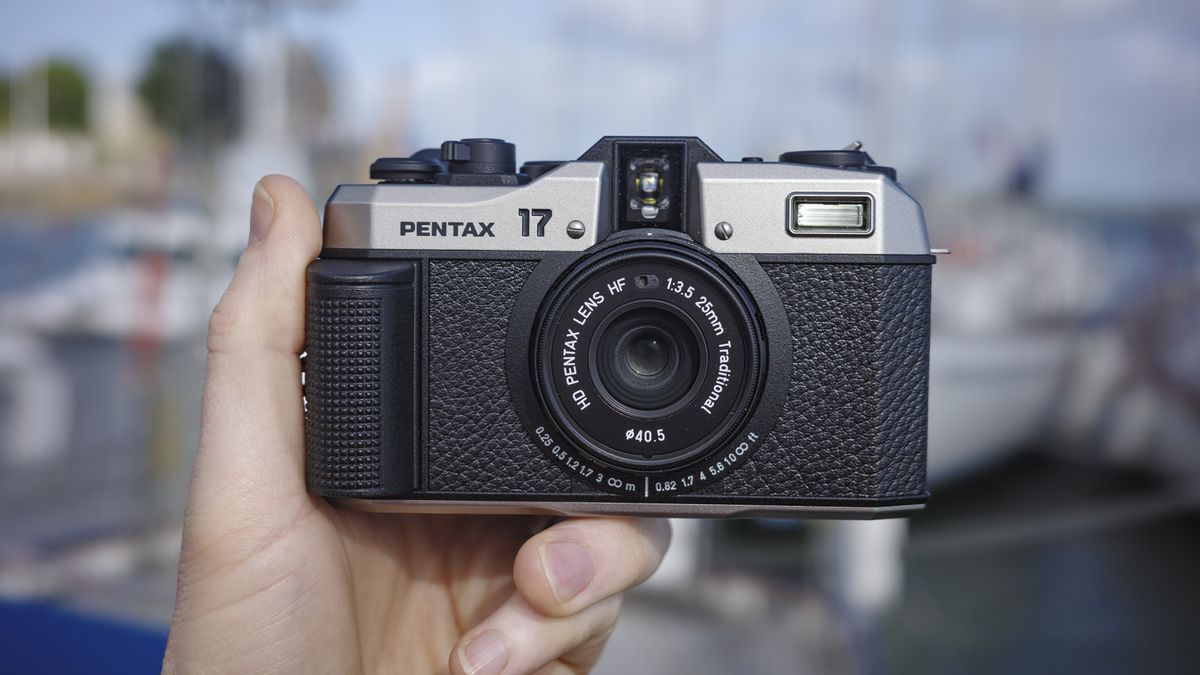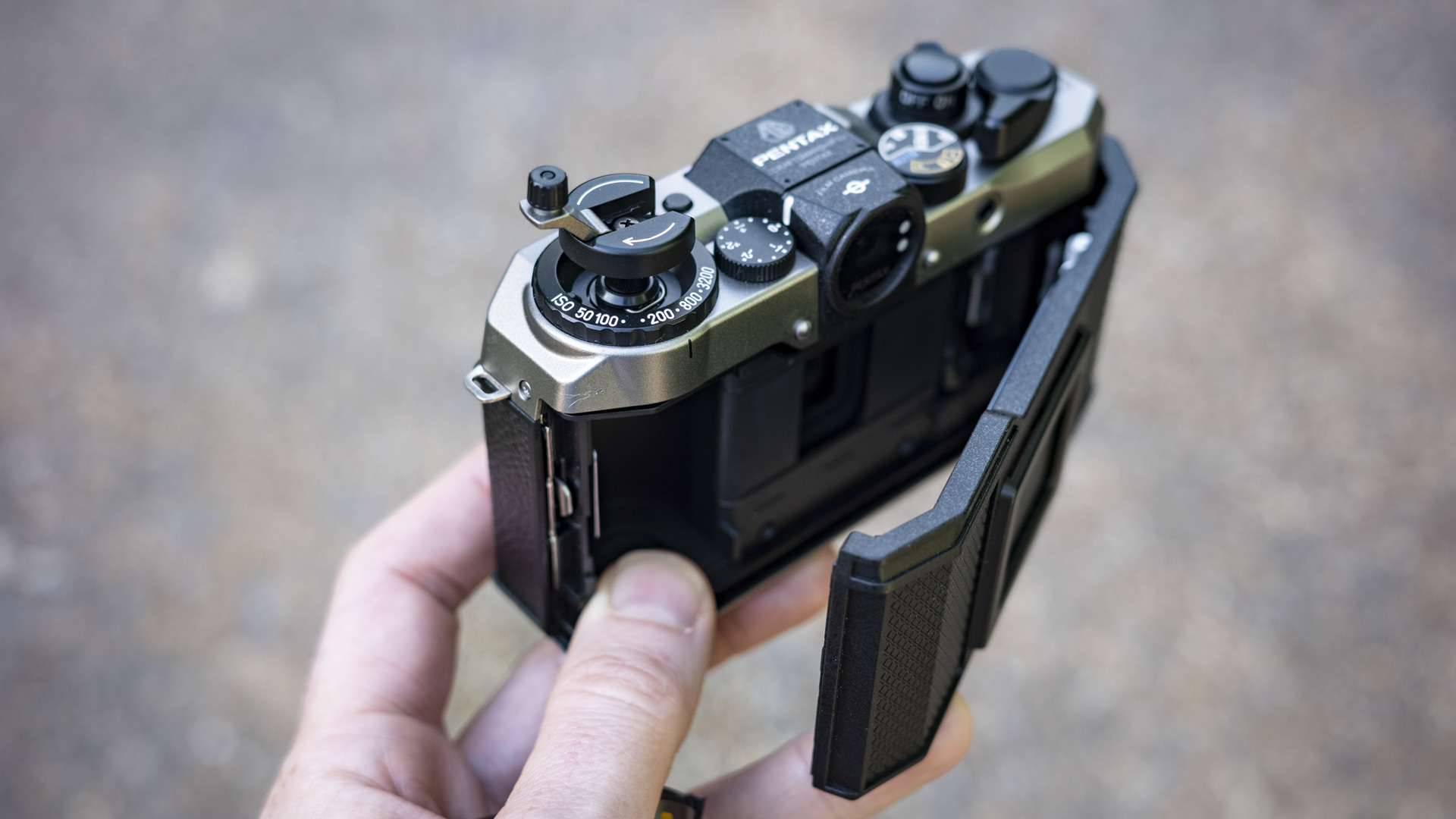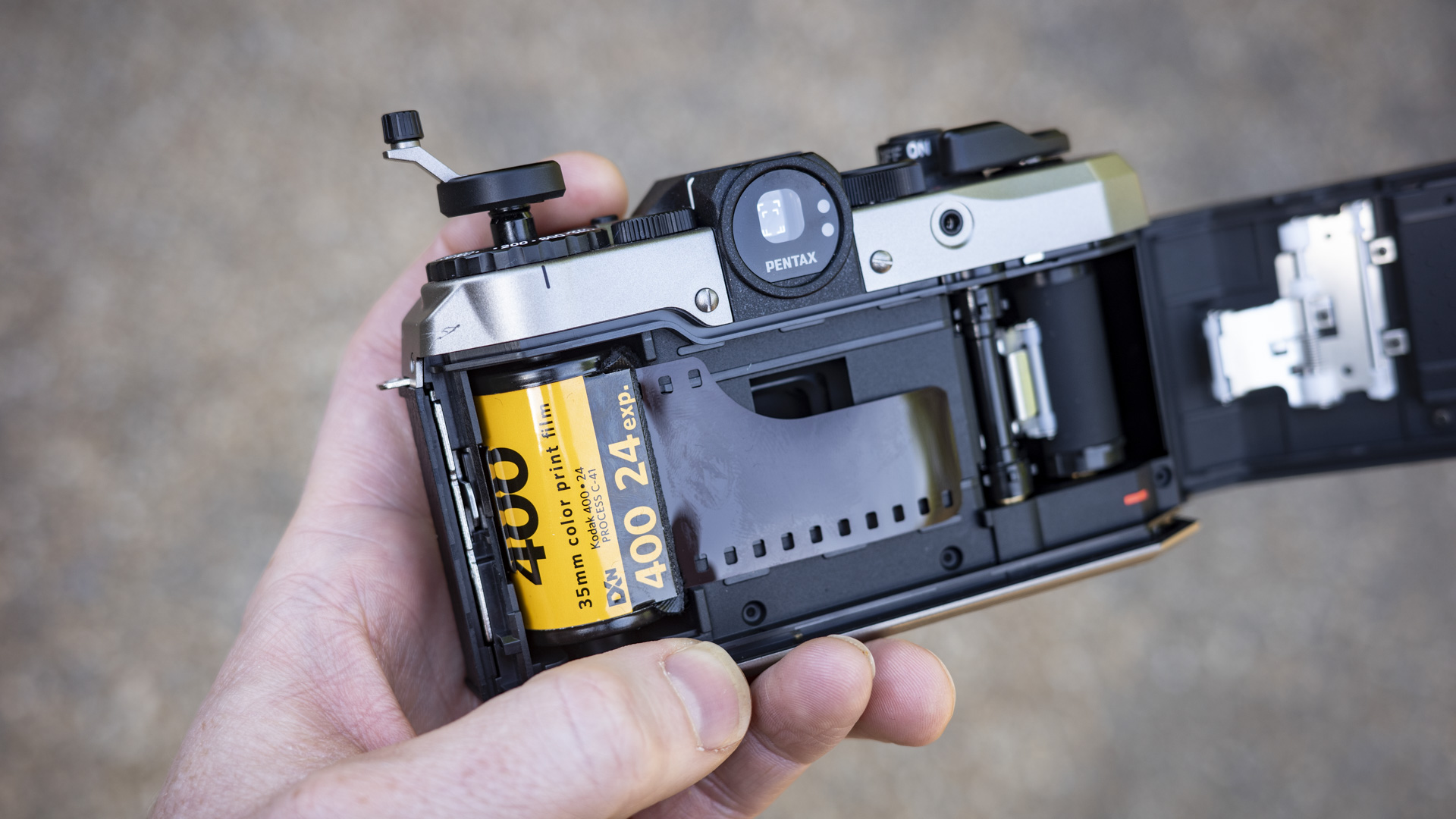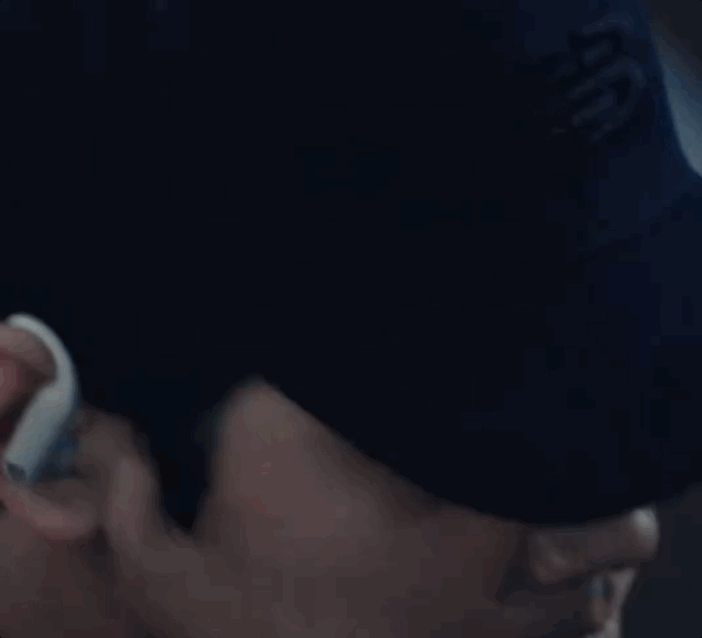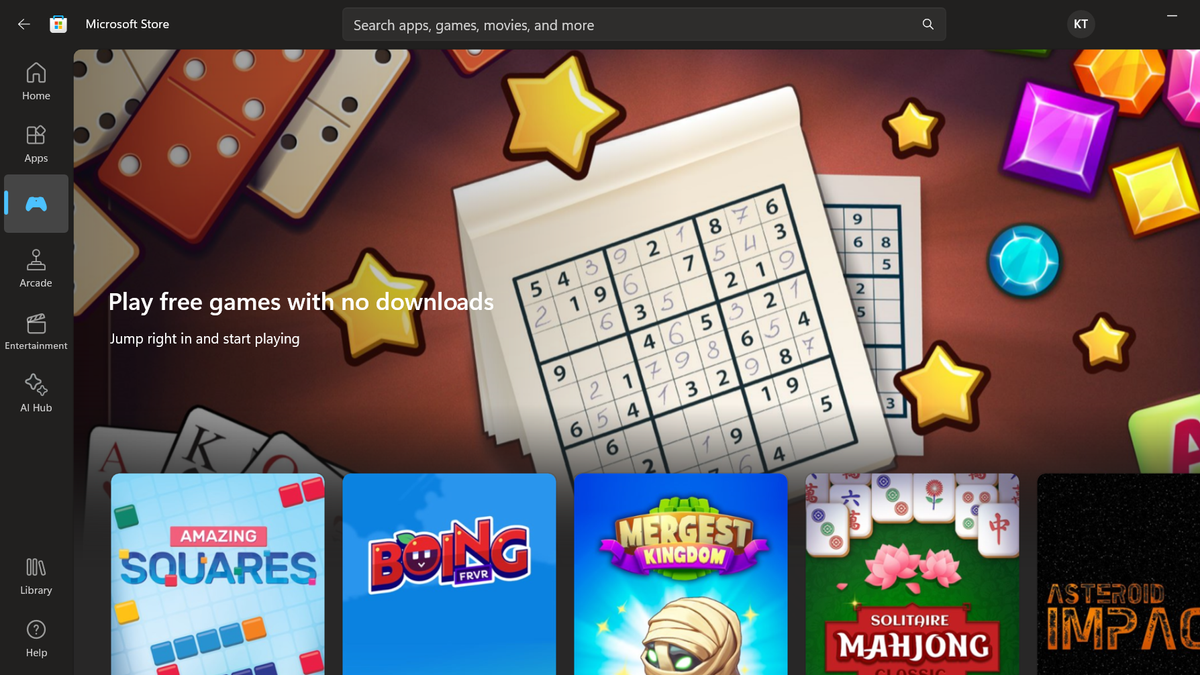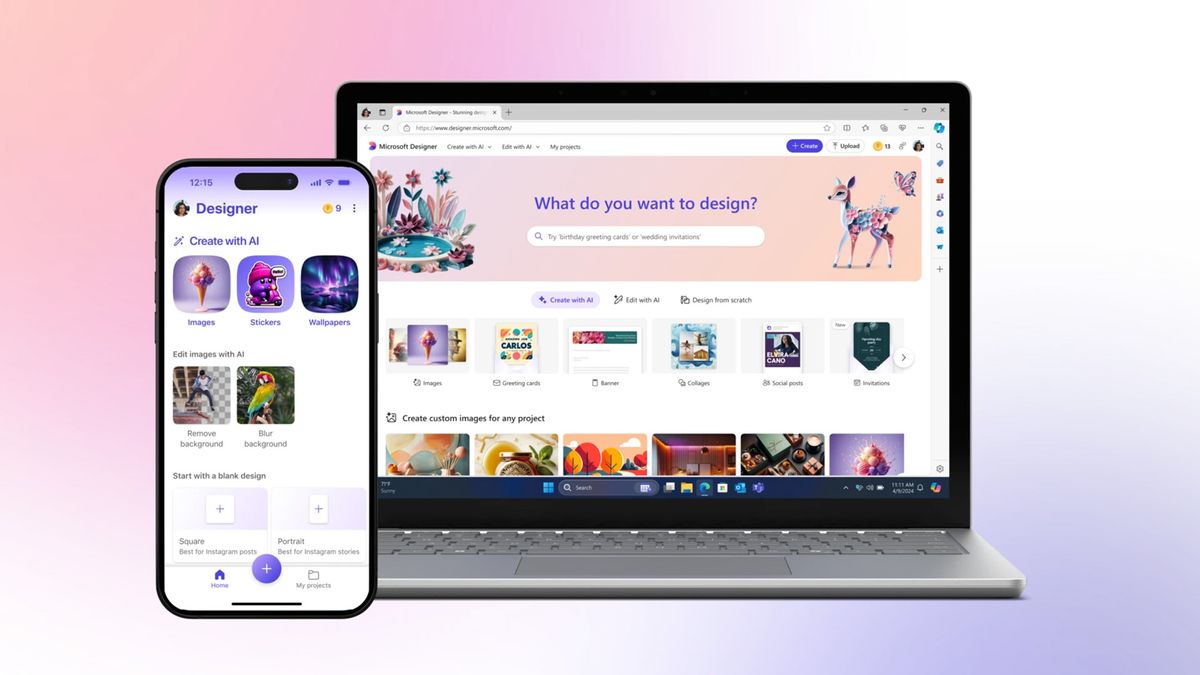Pentax has introduced its first film camera in more than 20 years, the Pentax 17. It is the number one camera in the Pentax Film Project, announced in late 2022 with one goal: to develop film cameras for the current generation of TikTok.
Film photography has undergone a renaissance in recent years and Pentax, being an analog veteran, is well positioned to bring something new to the table for film novices. Cue the Pentax 17: a new compact half-frame film camera, developed by Pentax engineers past and present.
I was one of the lucky few who was sent the Pentax 17 before it was released and have already had some decent hands-on time with the retro camera. It's a wonderfully simple point-and-shoot remedy for the best mirrorless cameras I use daily for photography and video.
In fact, the Pentax 17 was the first time I'd shot on 35mm film in years, so what was the experience like? Was 17 worth the wait?
A film camera by 2024?
As a serious photographer, I wasn't too enamored with the Pentax 17 at first. It seemed too light, too plastic, too toy-like. And its shooting mode dial with 'bokeh' settings seemed too beginner-like.
But my first and last proper analogue experiences were in the 1990s and 2000s, with old-school SLR cameras made from proper metal parts. It's 2024 now, and there's a new movie out there that audiences are welcoming, and the more I think about 17, the more sense its design makes.
It sits somewhere in between traditional SLR cameras like the Pentax ME Super and a compact point-and-shoot film camera like the Kodak H35 Ektar. If your main camera is a smartphone, then the Pentax 17 is a good introduction to cinema.
You get a compact build, simple point-and-shoot controls, and a small fixed wide-angle lens with a similar perspective to your phone's main camera. And the Pentax 17 is a half-frame film camera, which again makes a lot of sense for 2024.
Half-frame cameras use the widely available 35mm film, only you get twice as many shots on the roll of film. I had a bunch of 24-shot color and black-and-white film rolls for my practice, for which half-frame gives me 48 shots per roll, but you can also get 36-shot rolls of film (for 72 half-shots). -frames).
The exposures take up half the space of the film roll and are half the quality, 17x24mm with a border (versus 36x24mm on a regular 35mm camera). That image size is the inspiration for the excellent name 'Pentax 17'.
Therefore, your photos will be in portrait format when you hold the camera normally, while if you want to take photos in landscape format, rotate the camera 90 degrees and hold it vertical.
It's counterintuitive at first for a proper camera like the 17, but to be honest, I almost always held it normally and shot in portrait format, with the camera settings on auto. And if your camera experience is only that of a smartphone, then shooting in portrait format is totally normal.
Pentax 17 in hand: a digital remedy
Once you're ready, the Pentax 17 is essentially a point-and-shoot compact. The main control I've played with is focus distance. At the top of the lens is a subject type scale that goes from mountains (infinity focus) to portraits (about 5.6 ft/1.7 m) to flowers (close focus distance of 0.82 ft. /0.25m). There's a handy scale on the bottom of the lens (see lens details in the gallery, above).
Otherwise, operating the camera is super simple: the wide 25mm field of view means that pretty much anything in the direction you point the camera will be in the shot. Think about the phone camera and you'll be fine.
You'll get handy guides in the optical viewfinder to make sure your subjects are in the frame: an outer guide is for focusing at a distance, while the inner guide is the frame lines for close-up subjects.
Returning to the cinema has been a real pleasure. Loading 35mm film is super easy once you've done it a few times (just remember to set the appropriate ISO rating on the camera for the film), and there's nothing better than the tactile experience of loading the film and using the movie crank. to wind the film on the next shot, complete with audible feedback. That's what you don't get with cheaper modern alternatives.
Half-frame is a good middle ground for the modern filmmaker: you don't have to be as careful with each frame, but equally, you can't just shoot at will like you can with a phone that supports infinite cloud storage. .
With more shots at my disposal, I felt better about taking the same portrait multiple times to ensure I had the right composition and increase my chances of achieving a blink-free portrait. However, taking half-frame photos encourages you to think about the shot and work on lighting and composition.
I also loved the design of the Pentax 17. The battery compartment, which contains an LR2 battery (required), also doubles as a grip and provides a firm grip. And the camera looks good too, even if I don't like the beginner-feeling shooting mode dial.
What I didn't like about the Pentax 17 is its build quality. It feels a bit cheap and in the first few days I had a scratch on the silver effect top plate. This is not a camera you can throw away. The shooting mode dial also turns too easily; I often found the camera in a different setting than I left it.
And then there's the price, which seems unreasonably high to me: $499 / £499 (Australian price TBC) for a plastic camera with not much to do inside is a good amount of money for anyone, and exorbitant in comparison with its (admittedly simpler) rivals. such as the Kodak H35 Ektar and Moment Long Weekend.
You also have to take into account the ongoing costs of shooting on film. Developing each roll of 24-shot film along with digital scans cost me £16 (around $20 / AU$30) at a local UK lab, although you can shop around and save money if you're not in a rush.
I was initially opposed to the Pentax 17, but that said, it's a well-developed concept that taps into a potentially huge market. This is truly a film camera for 2024, if you can afford it.

